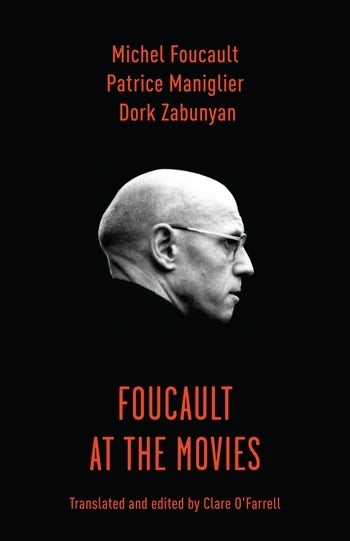Michael Z. Newman on Lost in Translation
In Indie: An American Film Culture, Michael Newman examines why certain films exhibit the qualities and aesthetics of independent film. In his discussion of Sofia Coppola’s Lost in Translation, Newman argues shows how the film moves away from more conventional “good storytelling” to focus on the “more slack, day-by-day existence that can seem more typical of real world experience.”
After describing the famous and famously ambiguous final scene in the film, Newman describes how Coppola depicts the characters and their relationship. He also describes the meaning behind Bob’s [Bill Murray’s character] karaoke performance (see above)
Unlike more romantic films such as Before Sunrise (1994), another meandering, episodic character-focused narrative, Lost in Translation does not make a parting of lovers the least bit tragic, and the mood of the ending of Lost in Translation is hardly even marked by pathos. Rather, one feels the satisfaction of seeing characters recognize a common bond. The ending is hopeful but not triumphant, and although the characters must part despite their love, they do so without overwhelming sorrow. The ending mixes complicated, conflicted feelings about friendship, love, and human connection. It is not so outlandishly ambiguous or open-ended like more radically challenging art films; rather, it is negotiated in its stance toward the characters. Perhaps they cannot be together, but that’s life sometimes, and it’s good that they had the time together that they enjoyed.
This means that Lost in Translation functions as a representation principally of characters and their relationship with one another rather than of characters’ actions in pursuit of external goals. Whatever their external goals may be, the film never makes them explicit, never addresses them directly. Whatever goals we can infer pertain more to internal than external states. They want to be happy, to feel the pleasures of real human connection, perhaps to find fulfillment in life. It can be hard to pin these desires down, when no clear textual evidence determines what they may be. Unlike more plot-heavy canonical narratives, films like Lost in Translation focus the audience’s attention on expressive moments. A number of these that reveal the characters’ interiority especially well are performances of songs. The Hollywood actress claiming Charlotte’s husband’s attention is represented in a negative light when she performs an inauthentic drunken rendition of a cheesy pop song. By contrast, Charlotte’s choice of karaoke, the Pretenders’ “Brass in Pocket,” gives her more credibility, and her vulnerable but campy performance in a pink wig endears her to Bob. She articulates her own self-importance but also her interest in Bob when singing to him, “I’m special, so special / I gotta have some of your attention, give it to me.”
But the key moment of karaoke is Bob’s pained, tone-deaf warbling of Elvis Costello’s “(What’s So Funny ’Bout) Peace, Love, and Understanding” and Roxy Music’s “More Than This”. This musical performance solicits our sympathy for Bob and encourages us to feel, with Charlotte, that he is a man worth caring for—that he suffers alone, but is capable not only of introspection but also of raw self-expression. In the Elvis Costello song, he sings of “searching for light in the darkness” and of “pain and hatred, and misery.” And in “More Than This,” he sings to Charlotte, showing her his vulnerable, pained face, earnestly hoping for her affection and understanding. He sings of the present moment, defining himself: “More than this—there is nothing.” Also of his uncertainty, which he shares with Charlotte, about the future: “Who can say where we’re going?”




